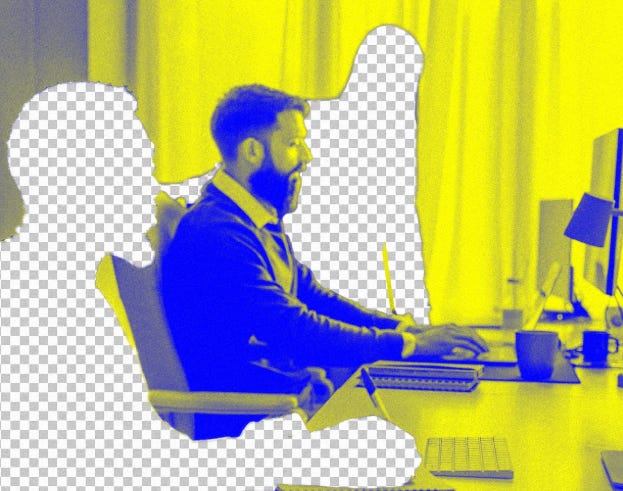Economists at Stanford University have found the strongest evidence yet that artificial intelligence is starting to eliminate certain jobs. But the story isn’t that simple: While younger workers are being replaced by AI in some industries, more experienced workers are seeing new opportunities emerge.
Erik Brynjolfsson, a professor at Stanford University, Ruyu Chen, a research scientist, and Bharat Chandar, a postgraduate student, examined data from ADP, the largest payroll provider in the US, from late 2022, when ChatGPT debuted, to mid-2025.
The researchers discovered several strong signals in the data—most notably that the adoption of generative AI coincided with a decrease in job opportunities for younger workers in sectors previously identified as particularly vulnerable to AI-powered automation (think customer service and software development). In these industries, they found a 16 percent decline in employment for workers aged 22 to 25.
The new study reveals a nuanced picture of AI’s impact on labor. While advances in artificial intelligence have often been accompanied by dire predictions about jobs being eliminated—there hasn’t been much data to back it up. Relative unemployment for young graduates, for instance, began dropping around 2009, well before the current AI wave. And areas that might seem vulnerable to AI, such as translation, have actually seen an increase in jobs in recent years.
“It's always hard to know [what’s happening] if you're only looking at a particular company or hearing anecdotes,” Brynjolfsson says. “So we wanted to look at it much more systematically.”
Read more | WIRED

